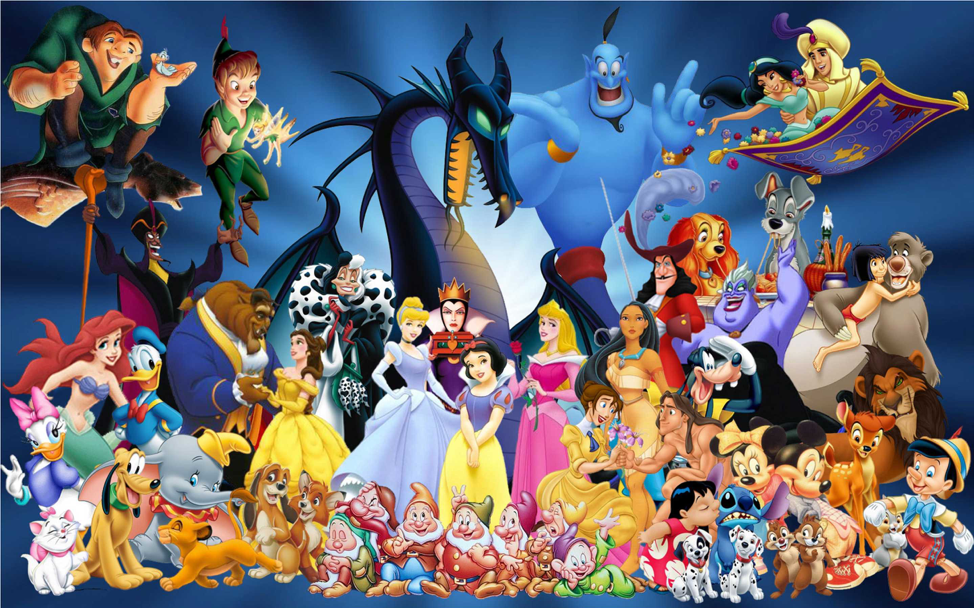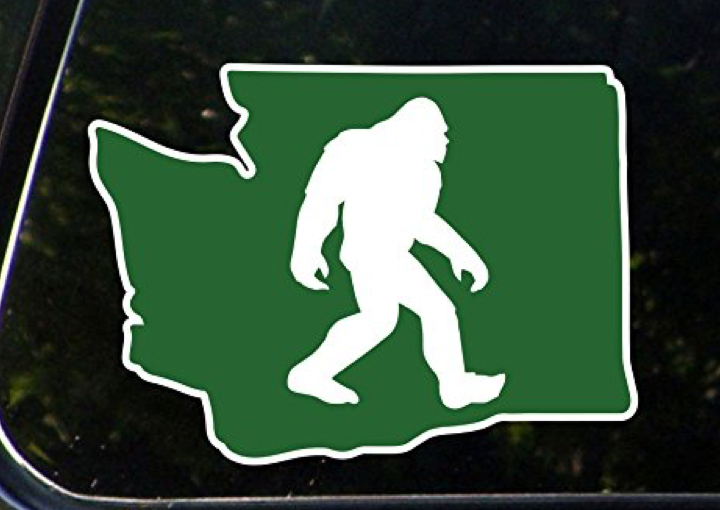By Janet Peters, Ph.D.
The first time I taught statistics, I was intimidated by the course. I knew the reputation statistics courses have with psych majors and I didn’t want to teach a class that students thought was boring, impossible, and intimidating (the irony that I was experiencing the exact same feelings was completely lost on me). So, I was prepared for the worst – student anxiety, reluctance, or possible mutiny. The first day of school was approaching and I braced myself for impact. After a few weeks of getting the hang of the course, I realized that teaching statistics is actually WONDERFUL. No one had told me that it could be enjoyable! Or maybe they did tell me, and I just didn’t listen (and now that I think about it, that’s way more likely). Thus, this blog post is about throwing out misperceptions and infusing fun into your stats class.
I’ve broken this post into three parts for you: (1) the basics (easiest and least investment); (2) next level applications (creating course content that uses real applications); and (3) advanced applications (wonderfully fun course projects that require more planning and commitment). You can think of it as an a la carte menu – take what you like and leave the rest.
Just remember that there is no panacea for creating the perfect course or getting students to understand content; we can only take small, measurable steps in the right direction. I hope you can find one idea that helps refresh your teaching or inspires you to add a little zest to your class because we all love a little fun!
Making it fun: The basics
When I think about the easiest way to infuse fun into my own statistics courses, I think of three basic approaches: pop culture, quirky examples, and food.

 Infusing pop-culture can be a lot of fun as you get to engage students with the content using readily available examples from the world around them. For example, I made a Disney themed worksheet to help students practice the scales of measurement. Practice questions might include “A magic mirror that rates the fairest of them all on a 1-7 Likert scale” or “The length of Rapunzel’s hair.” Both questions include elements from Disney cartoons, but answering the questions is not dependent upon that knowledge. The key here is that your items should be inclusive; anyone should be able to answer the questions, even if they’ve never seen a Disney movie. Yet if they are familiar with the examples, it makes the practice more fun and less mundane.
Infusing pop-culture can be a lot of fun as you get to engage students with the content using readily available examples from the world around them. For example, I made a Disney themed worksheet to help students practice the scales of measurement. Practice questions might include “A magic mirror that rates the fairest of them all on a 1-7 Likert scale” or “The length of Rapunzel’s hair.” Both questions include elements from Disney cartoons, but answering the questions is not dependent upon that knowledge. The key here is that your items should be inclusive; anyone should be able to answer the questions, even if they’ve never seen a Disney movie. Yet if they are familiar with the examples, it makes the practice more fun and less mundane.
 If you find it difficult to include pop culture, you can always find other fun, quirky examples that might interest your students. For example, when I teach students about z-scores, we do an example using Bigfoot sightings in Washington State (where we are located). This is because one of my institution’s more unique historical claims-to-fame is that we were home to the world’s foremost bigfootologist, Dr. Grover Krantz. In honor of this legacy and to learn about z-scores, we analyze data compiled by the Bigfoot Field Researchers Organization (seriously, this is real data from a real organization). We use the total number of Bigfoot sightings by county to calculate z-scores, including how many Bigfoot sightings are in the county we live in (below average, by the way!). The students love this activity because it’s unique and the research comes from our home institution.
If you find it difficult to include pop culture, you can always find other fun, quirky examples that might interest your students. For example, when I teach students about z-scores, we do an example using Bigfoot sightings in Washington State (where we are located). This is because one of my institution’s more unique historical claims-to-fame is that we were home to the world’s foremost bigfootologist, Dr. Grover Krantz. In honor of this legacy and to learn about z-scores, we analyze data compiled by the Bigfoot Field Researchers Organization (seriously, this is real data from a real organization). We use the total number of Bigfoot sightings by county to calculate z-scores, including how many Bigfoot sightings are in the county we live in (below average, by the way!). The students love this activity because it’s unique and the research comes from our home institution.
If you don’t have the luxury of having a notable bigfootologist, I’m sure there are other examples you can draw upon that are unique – any interesting research your university has produced? Any famous people or alumni from your university or area? Any campus-specific issues you could play with (for example, at a previous institution, students were heavily invested in athletic team rivalries, so I often used examples that played off the good-natured rivalry). The key here is to find examples that are special to your context: your school, your city/state, etc.

 Coming up with pop culture and quirky examples can be tough, so you can always rely on the time-tested approach of using food and candy. For example, I’ve used M&Ms to demonstrate sampling with replacement and Skittle flavors to demonstrate ANOVAs. Once, I used pizza to demonstrate the difference between samples (a single slice) compared to the actual population (the whole pizza). Granted, I tend to have small class sizes, but you could get creative (more on this later).
Coming up with pop culture and quirky examples can be tough, so you can always rely on the time-tested approach of using food and candy. For example, I’ve used M&Ms to demonstrate sampling with replacement and Skittle flavors to demonstrate ANOVAs. Once, I used pizza to demonstrate the difference between samples (a single slice) compared to the actual population (the whole pizza). Granted, I tend to have small class sizes, but you could get creative (more on this later).
Making it fun: Next level applications
The abstract nature of statistics can lead students to perceive the course as difficult and detached from their everyday lives and professional future. They can generally understand how statistics relates to research, but students rarely feel an immediate and personal connection to the course content. As a result, students often underappreciate the personal and professional benefits that statistics offer. Thus, to help students understand the importance and relevance of stats, I try to create content that helps them see that statistics are all around us – from the way politicians use polling data, to influencing the death penalty in Florida.
One way to incorporate applications into your course is to think about creating content that is relevant and personally meaningful. In class, I use examples from wedding, housing, and job websites to show them how different markets exploit statistics to alter consumer perceptions and behavior.

 For example, we use national data to examine student loan debt using a variety of tools (depending on where we are in the semester, we might use z-scores, t-tests, correlations, etc.). You can also use less serious examples. For homework assignments, I’ve been able to find user data on companies such as Netflix, Facebook, and Tinder. The degree to which students use or are familiar with these companies varies, but they provide real data that comes from the type of news articles the average consumer is likely to encounter.
For example, we use national data to examine student loan debt using a variety of tools (depending on where we are in the semester, we might use z-scores, t-tests, correlations, etc.). You can also use less serious examples. For homework assignments, I’ve been able to find user data on companies such as Netflix, Facebook, and Tinder. The degree to which students use or are familiar with these companies varies, but they provide real data that comes from the type of news articles the average consumer is likely to encounter.
I also have students make their own connections between their lives and course content. One way I do this is to assign pre-lecture activities (PLAs) based on the readings/content that I want students to complete before class. The students can do WHATEVER they want to show me they have read or watched the lecture as long as their submission applies the concepts they learned (the submission cannot just regurgitate definitions).
The PLAs provide the structure for students to dig a little deeper and look at their world through the lens of statistics. It takes a little getting used to for the students, but I’ve had some amazing student work come out of this. For example, students have submitted a script for a Parks & Recreation (TV show) episode where the characters explained t-tests, an essay on how Eminem's newest album demonstrated different scales of measurement, an animated YouTube video with 3-D animation, cookies baked in the shape of different distributions, and a PowerPoint presentation that used the history of beauty pageants to explain descriptive statistics. I am absolutely stunned at the talent of my students and I find myself looking forward to grading these assignments.
It’s important to note that not all students produce creative submissions, but ALL submissions are applied examples of the concepts. In general, students seem to really enjoy the PLAs. Some students like them because it gives them the chance to be creative and some students like them because it helps them prepare for class and/or the exams. Either way, I love PLAs because they inject an element of fun (they are my very favorite thing to grade), while also meeting my desire to have students apply the material and come to class prepared.
Making it fun: Advanced applications
After teaching statistics for several semesters and solidifying the foundation of my course, I found myself looking for more. I wanted students to be able to work on a project they enjoyed, that increased their understanding of course content, helped them understand how to apply statistics to realistic problems, and helped them develop professional skills that would be marketable post-graduation. From this, my service-learning project was born. To date, I’ve paired with local, non-profit health clinics, homeless shelters, and youth mentoring programs.
Each semester, someone from the organization visits our class to introduce themselves and the mission of the organization, we take a tour of the facility, and we spend one day volunteering for the organization. In class, we spend lab time each week analyzing data from the organization and writing up results. At the end of the semester, students present their findings to the organization and work together to write a white paper.
This project is classified under the advanced applications because although these semester-long projects are some of the most fun, rewarding, and valuable work that I have done as a professor, it is also a lot of labor. Coordinating communication, meetings, data, and volunteering can be time consuming. The data provided are often messy and the findings inconclusive (though a great exercise for students!). If you’re interested in incorporating fun in this way, I encourage you to take it slowly, make sure you have a strong connection with your community partner, and only commit to a few small assignments. If you and your students enjoy the project and as you gain experience, you can always add more elements each semester.
Considerations
There is no “one-size-fits-all” solution for teaching. You might have different interests, a different student population, different institutional support, different class sizes, or any other of a variety of factors that influence the way we teach. The key here is to adapt as necessary. I’ve presented you with some ways in which I have made my own class more fun, but you should do what makes sense for you and your students. A few things to keep in mind…
- The work matters most. You can have the most fun class in the world, but none of that matters if you aren’t achieving your learning outcomes. So, before you go wild in trying to find fun examples and activities, set up your foundation first. Identify your learning outcomes and ensure that the content you cover reflects those outcomes. Once you’ve built that framework, you can then look up all sorts of fun stuff.
- Finding the fun stuff. I spend a lot of time on the internet (too much?), so I’ve built myself a cache of great resources. If you’re having trouble coming up with your own examples, don’t fret. There are lots of great websites, blogs, and YouTube channels out there that already do an awesome job of coming up with fun and helpful activities. To help you get started, I’ve listed a few:
-
- The Society for the Teaching of Psychology (STP) has lots of resources that give details about activities. This is a wonderful resource for all your classes (and if you’re just starting out, check out their Project Syllabus section!).
-
- The Not Awful and Boring stats blog is possibly my all-time favorite resource. The author, Dr. Jessica Hartnett, provides weekly stats examples that are fun, applied, and relevant.
-
- Google share drive. I created this community resource last year when I wrote a column for the NOBA Project about using bell-ringers in stats classes (https://nobaproject.com/blog/2018-01-29-bell-ringers-sneaking-fun-into-stats). Since then, countless other stats teachers have contributed to it. There are memes, pictures, and other supplemental materials you can use in your class.
-
- Have students help you. As part of the PLAs mentioned above, I’ve had students create some wonderful stats memes, examples, and fun projects. With their permission, I then use those in future semesters.
As you explore these resources, pick examples that you find exciting and engaging. You won’t be able to convey the fun and intrigue to students if you don’t understand the meme or humor yourself.
The reality is that statistics can be a challenging course to teach (I’m assuming that’s why you’re reading this article and have made it this far). The good news is that it’s also incredibly fun – statistics unites all areas of psychology and is present in everyday life. It’s our job to help foster those connections through well-designed examples, activities, and homework. Using fun, personally meaningful, and professionally relevant coursework is one way we can help students see those connections.
Dr. Janet Peters is a Clinical Assistant Professor of Psychology at Washington State University Tri-Cities. She received her Ph.D. in Industrial and Organizational Psychology from Colorado State University. Her current research interests center on effective pedagogical practices, particularly as they relate to the teaching of Introductory Psychology, Statistics, and Research Methods.
